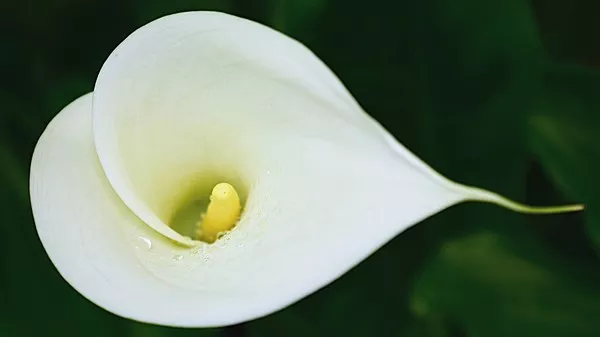Amidst the frigid temperatures sweeping across most parts of northeast China, Lingyuan, a small city in Liaoning Province with a population of 200,000, stands out as a vibrant oasis of spring vitality.
Zhang Yulu, a 45-year-old farmer, navigates the chilly mornings to the flower trading market, showcasing the carefully cultivated lilies from his greenhouse. “Many people are unaware that even in the icy and snow-covered landscape of northeast China, lilies can thrive. I can confidently say that the quality of our lilies is outstanding,” expresses Zhang.
Despite the cold exterior, Zhang’s flower greenhouse provides a warm and humid environment for over 9,000 lily buds, poised to bloom. “The recent market trends for flowers have been increasingly positive. On weekends or holidays, a bouquet of 10 lilies can fetch up to 100-plus yuan (13.9 U.S. dollars),” adds Zhang.
Lingyuan, traditionally not associated with flower cultivation, has undergone a transformation with extensive flower greenhouses ensuring a year-round supply of fresh flowers. The city now boasts a total flower cultivation area of 25,000 mu (about 1,667 hectares) and an annual production of 270 million fresh-cut flowers, contributing to an annual output value exceeding 1 billion yuan.
The Lingyuan Flower Trading Market is a bustling hub where over 1 million stems of various flowers, including lilies and tulips, are shipped daily to major cities across the country.
The flourishing flower industry has become a lucrative source of income for locals, with over 50 flower cooperatives and approximately 10,000 households engaged in lily production.
Liu Jia, owner of a flower shop in Lingyuan, notes a surge in activity since the beginning of the New Year holiday. “I saw soaring orders since Jan. 1, showing a 50-percent increase compared to the same period last year. My customers are mainly residents from nearby communities, most of whom are young people and women.”
China has now positioned itself as the world’s largest flower producer, actively participating in the foreign trade of flowers and establishing itself as a significant consumer of flowers. The country aims to modernize its flower industry by 2035, with annual flower sales surpassing 700 billion yuan.
Zhang Yan, a researcher at the Liaoning Academy of Social Sciences, envisions the recent boom in the cultural and tourism market in northeast China expanding the consumption scenarios for the floral economy. “The integration of flowers and tourism has great potential. In the future, Lingyuan could develop a tourism complex project centered around flowers, integrating the research and development of flower bulbs, trading, production, and deep processing of flowers,” suggests Zhang Yan.


